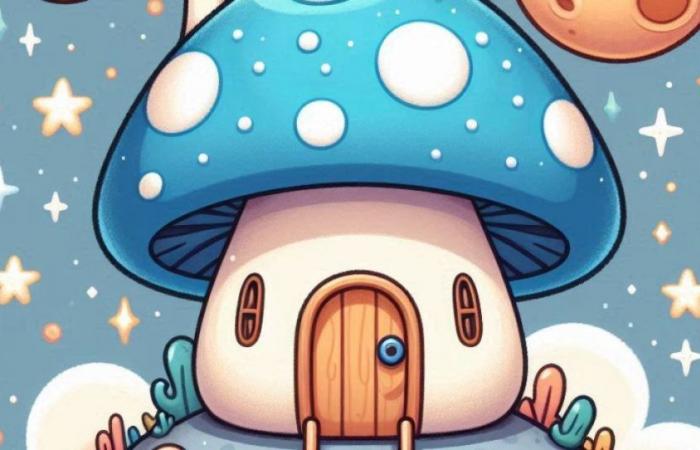When future astronauts leave for Moon either Mars, they will need some shelter. And while you might imagine that cities on other planets are made of steel, or glass, or some high-tech carbon fiber composite, NASA has other ideas. The agency is funding research into growing its own habitats from mushrooms.
As crazy as the idea may sound, it makes a lot of practical sense. Getting anything into space is difficult and expensive, and transporting large quantities of building materials on a rocket is not feasible. Space agencies are therefore increasingly interested in using approaches that use materials that are readily available, such as building structures from the dusty regolith material that covers the surface of Mars, or that involve very lightweight materials, such as inflatable habitats.
In the case of mushrooms, the idea is to create a lightweight, compact structure containing dormant fungi for travel. When astronauts arrive at their destination, they need to “simply add water” to allow the fungi to grow around a frame to create a complete habitat.
The project is part of a program called NASA Innovative Advanced Concepts (NIAC) that aims to generate futuristic ideas for space travel. “As NASA prepares to explore further into the cosmos than ever before, it will require new science and technology that does not yet exist,” NASA Administrator Bill Nelson said in a statement. «NASA’s space technology team and the NIAC program unlock visionary ideas, ideas that make the impossible possible. “This new research is a springboard for our Artemis campaign as we prepare to return to the Moon to live, learn, invent, create, and then venture to Mars and beyond.”
The mycoarchitecture concept has previously been funded as an early-stage project, and was able to grow these nightmarish yet intriguing feces from fungi in around two weeks.
Now, the project has received a new round of funding to develop the technology and work on a possible future demonstration mission. The team will work to optimize the materials they are growing and eventually plan to test the concept in low Earth orbit, such as in the International Space Station.
“Mycotecture Off Planet exemplifies how advanced concepts can change the way we imagine future exploration missions,” said John Nelson, NIAC program executive. “As NASA embarks on the next era of space exploration, NIAC helps the agency lay the foundation needed to bring innovative visions to life.”
Editor’s recommendations






